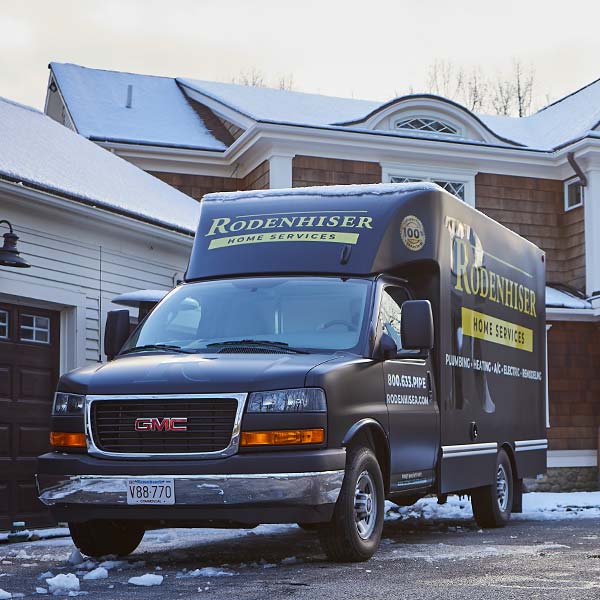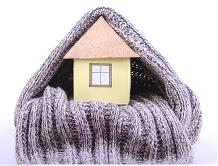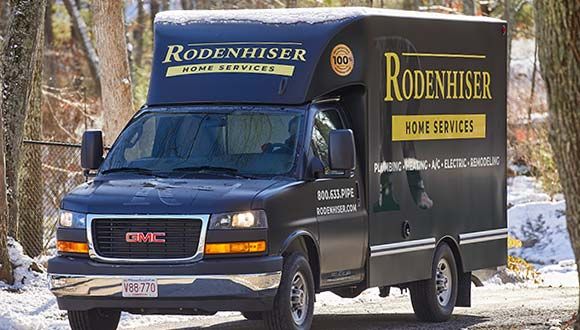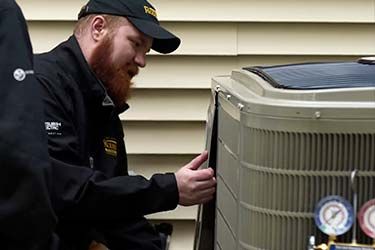



Sealing Air Leaks In Your Home? Don't Overlook The Attic Hatch
If you’re sealing air leaks in your home, you’re probably aware of how much household energy they can drain. But are you aware of the worst culprits? While sealing cracks around doors and windows is important, make sure not to ignore the attic and the attic hatch.

Air leaks in your attic can account for a significant amount of energy loss. The “chimney effect” is what causes indoor air to be pulled up through your house by attic leaks. In winter, when heated air naturally rises, the chimney effect can be worse.
If you’re sealing attic leaks, you’ll need a variety of materials, such as:
- Caulk, for the smaller gaps.
- Expanding spray foam, for larger spaces.
- Heat-resistant caulk, for around flues and chimneys.
- Metal flashing, which must be cut to size for installation around flues and chimneys. Handling flashing can be complicated, so if you have any doubts or questions, call an HVAC expert.
Working around insulation can make the attic sealing job more difficult. Again, if you hit trouble, call in a pro.
An unsealed attic hatch can also pose energy problems, as it is often no more than thin pieces of plywood, so that the attic is easily accessible. However, this thin material and the leaks surrounding it can draw valuable conditioned air out of your living space.
Rigid foam insulation can be installed over the back of the hatch. Duct tape should be enough to secure it. To seal around the hatch, install weather stripping or foam- tape sealant. Place the sticky side against the perimeter of the hatch itself, and another strip against the frame of the hatch. The two strips of sealing material should meet when you draw the hatch closed behind you. If you have pull-down attic stairs, consider investing in an insulated fabric “tent” to cover the staircase and save even more energy.
Done correctly, sealing your attic hatch can save a significant amount of energy. Call Rodenhiser Plumbing, Heating & Air Conditioning if you have questions, or would like a professional touch. We’re happy to keep Medway MA comfortable.
Our goal is to help educate our customers about energy and home comfort issues (specific to HVAC systems). For more information about other HVAC topics, download our free Home Comfort Solutions Guide.
Keeping out the cold image via Shutterstock
Nice people.
Great service.
Since 1928Terms & Conditions | Privacy Policy





Read From Over 14,000 Happy Customers
-
Both Alex and Patrick were knowledgeable, courteous, and professional. They made a change that might have solved the recent problem and have structured a more complete solution. We agreed to this...

-
Mike was thorough, thoughtful and considerate. Covered their shoes before entering, surveyed my issue and provided an explanation of the services and costs. Great Job!

-
Alex did a great job providing an explanation of the services provided and went out of his way to offer assistance/advice on other issues outside of our scheduled maintenance visit.

-
Brian did an excellent job inspecting our 18-year old boiler and replacing some of the accessory hardware that needed it, he also adjusted the outgoing hot water settings for our radiators and...

-
Rodenhiser is my one stop shop!!! They take care of my HVAC, electrical, and plumbing issues & are always helpful addressing any questions I may have about the systems in my house! Everyone...

-
Chris G. and Nick V. showed up bright and early at 8am to fix my water heater issue. They were on time, polite and were able to fix an issue that has been plaguing my house for a good year. They...

Call Rodenhiser at
508-321-3089
Call Rodenhiser at 508-321-3089
When you are looking for plumbing, electrical, heating or air conditioning in the Route 495 / 128 area, you will be delighted that you called Medway MA' trusted choice since 1928.
With a total dedication to professional workmanship and excellent service, discover why families and businesses continue to trust Rodenhiser after generations of service

Trusted Plumbers
Fast, On Time
HVAC Experts
Satisfaction Guaranteed
Expert Electricians
Maintenance Plans
CONTACT RODENHISER TODAY
325 Hopping Brook Rd Holliston MA 01746.
-
Master Plumber: #10961
-
Corporate Plumbing: #2288
-
Master Electrician: #23917A
-
Electrical Business: #4804
-
Master Sheet Metal (Unrestricted): #5867
-
Corporate Sheet Metal: #641
-
Home Improvement Contractor: #188806
*Heating system check terms and conditions: Residential Only. Must reside within our service area. Offer only available to 1 unit per household additional units are at full price. Can not be combined with other offers
*Late Season Special Extra Conditions: Gas Systems only. No Discounts on oil systems. Promotional price limited to one system per home, additional systems will be charged at full price. Residential Systems only. Must reside within our service area. *For EV Charger Offer also: valid only when the system is purchased through Rodenhiser.
















